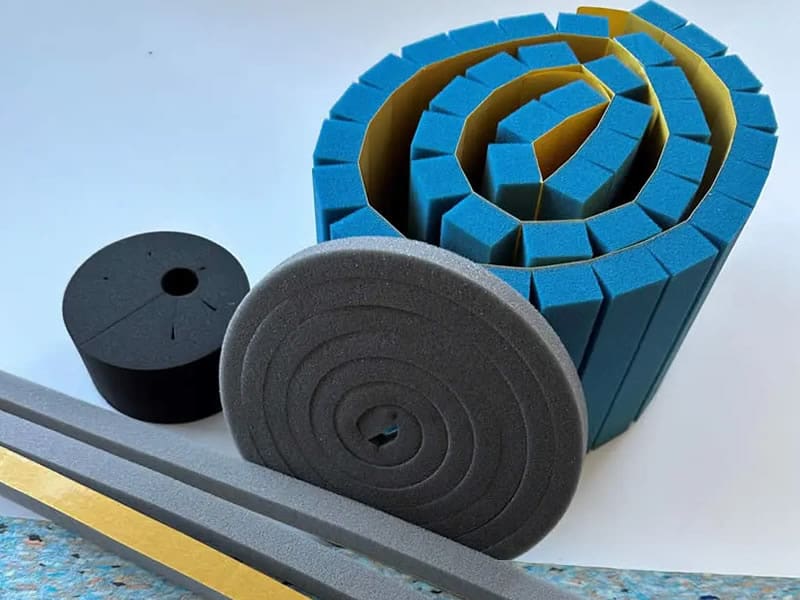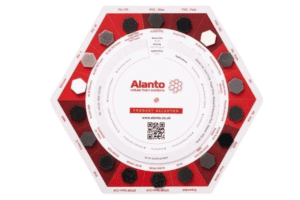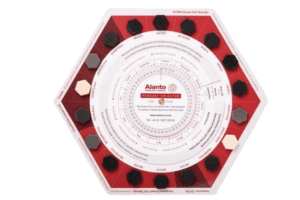The construction industry is constantly evolving, and the advances in construction foam are changing the game. Alanto is leading this change by using advanced foam materials to improve building insulation and safety. Let’s dive into how foam conversion is making construction more sustainable and efficient, focusing on the latest trends and applications.
Elevating Building Standards
The construction landscape is witnessing a huge shift, propelled by the need for materials that not only excel in performance but also align with environmental stewardship. Foam conversion, with its versatility and technical superiority, stands out as a key player in this transition.
- Acoustic Insulation: The quest for quieter living and working spaces has intensified, with open cell Polyurethane Foams leading the charge in noise reduction technologies. These materials are engineered to trap sound waves effectively, offering bespoke soundproofing solutions tailored to both domestic and industrial settings.
- Thermal Insulation: The drive towards energy-efficient buildings underscores the importance of advanced insulation materials. EPDM and Polyethylene closed-cell foams emerge as ideal choices for their remarkable thermal retention properties, contributing to lower energy consumption and enhanced comfort.
- Eco-Friendly Materials: In the face of growing environmental concerns, the construction industry is embracing materials that offer sustainability without compromising on quality. Alanto’s foam conversion products are not just flexible and lightweight but also eco-conscious, setting new standards for green building practices.
Foam Conversion: A Catalyst for Construction Innovation
The advances in construction foam is unlocking new possibilities for the construction sector, from residential homes to commercial infrastructures:
- Gap Fillers and Barriers: Utilising EPDM and Polyethylene foams for gap-filling applications, such as water defence seals and thermal barriers, enhances the durability and resilience of structures against elements.
- Glazing and Sealing Solutions: PVC open and semi-closed foams find extensive use in window and glazing systems, offering superior sealing, cushioning, and protection. Additionally, these materials play a crucial role in safeguarding glass during transit and storage, preventing damage and breakage.
- Custom Applications: Furthermore, Alanto’s capability to process and convert materials for specific construction needs-ranging from weather seals for windows and doors to acoustic seals in ductwork—demonstrates the bespoke nature of foam conversion solutions.
Navigating the Foam Conversion Landscape in Construction
As the industry evolves, so do the questions from professionals and enthusiasts alike:
How can foam conversion contribute to sustainable building practices?
By leveraging recyclable and eco-friendly foam materials, construction projects can significantly reduce their environmental impact, aligning with global sustainability goals.
What makes foam conversion materials ideal for modern construction applications?
The unique properties of foam – such as sound absorption, thermal insulation, and resistance to elements – combined with customisation capabilities, make them indispensable for contemporary construction challenges.
Partnering with Alanto for Future-Proof Construction Solutions
Furthermore, Alanto’s expertise in foam conversion is not just about supplying materials; it’s about fostering innovation and excellence in the construction industry. With a dedicated team of experts and a commitment to quality and sustainability, Alanto is your ideal partner in navigating the future of construction.
Embarking on a New Era of Construction with Alanto
Are you ready to leverage the benefits of the advances in construction foam?
Explore Alanto’s array of foam and rubber conversion solutions today!
Together, let’s build a future where every structure stands testament to innovation, sustainability, and safety.


